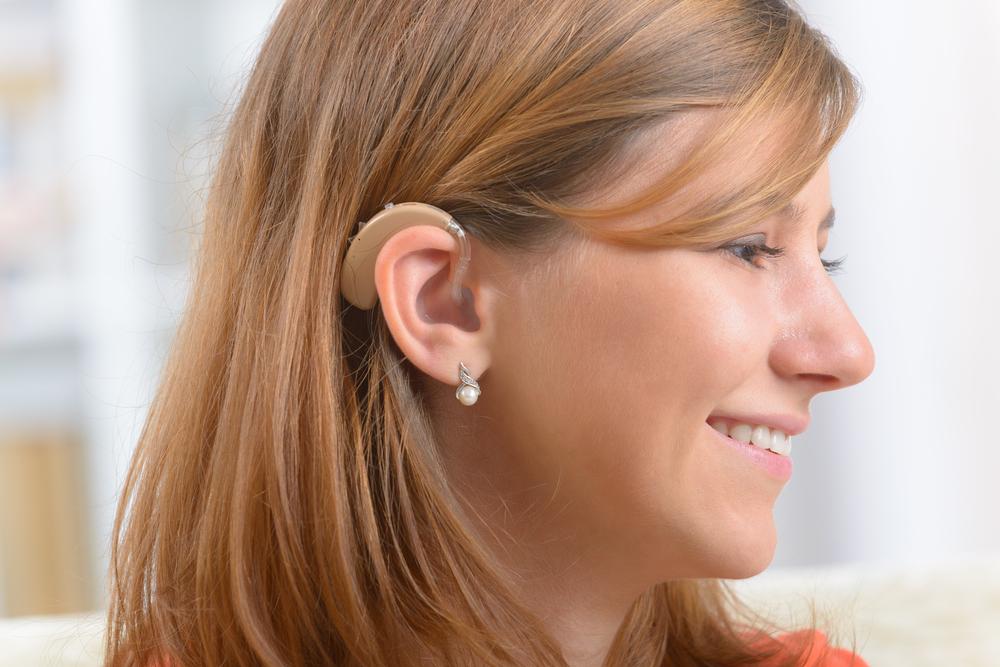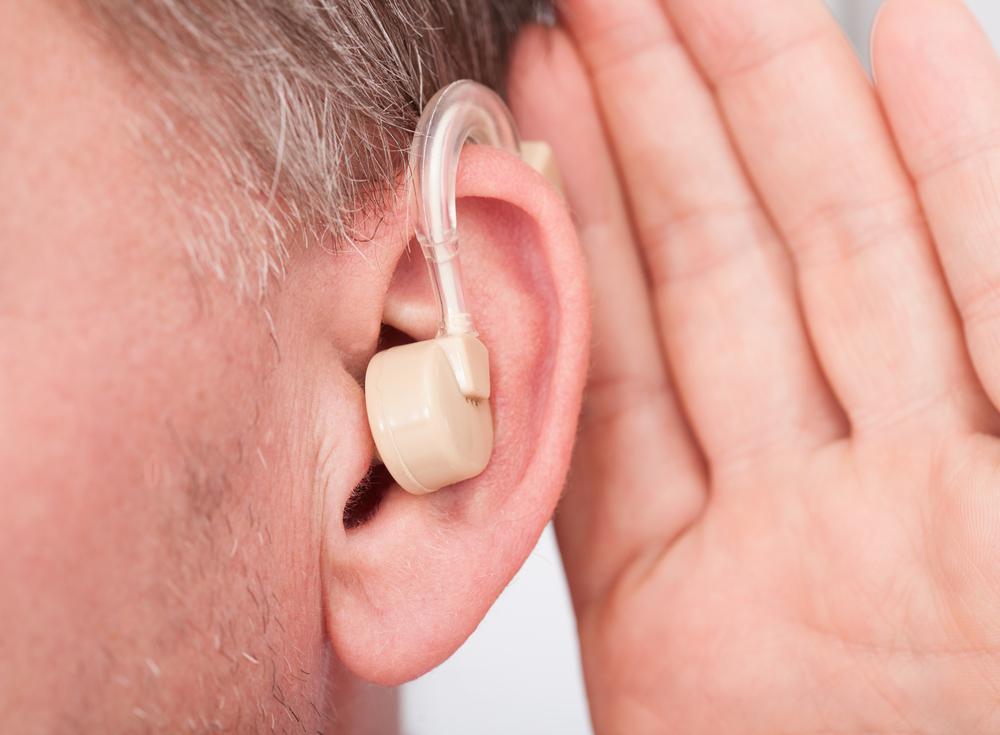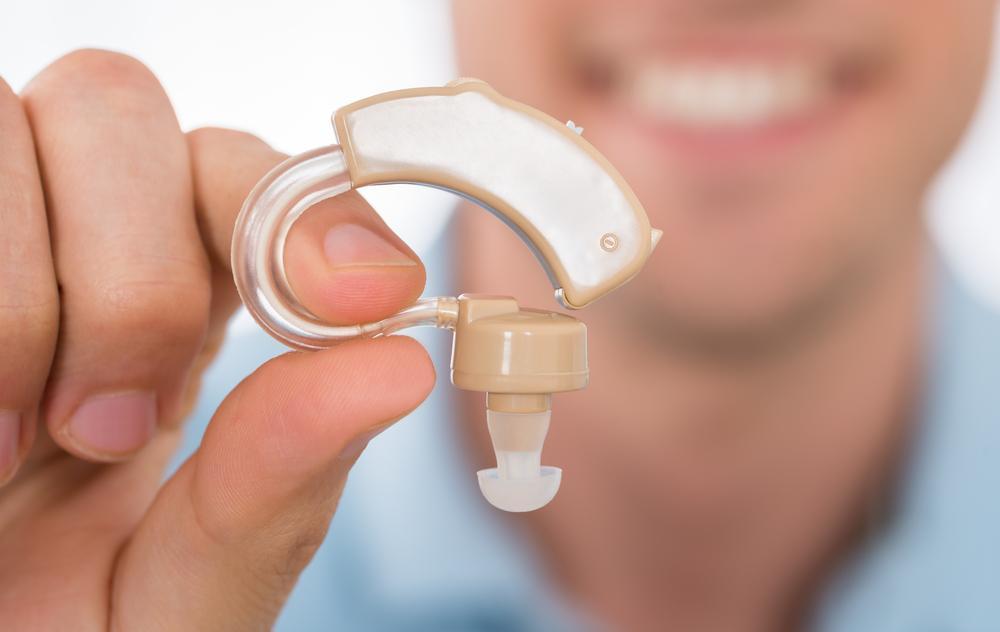Comprehensive Guide to the Top Three Types of Hearing Aids: Features, Costs, and Benefits
Explore the comprehensive guide to the three main types of hearing aids—Entry-Level, Mid-Range, and Premium. Learn about features, costs, and benefits to choose the best device suited for your hearing needs and lifestyle. Make informed choices with detailed insights into advanced auditory technology and personalization options, improving communication and quality of life for individuals with hearing impairments.

Comprehensive Guide to the Top Three Types of Hearing Aids: Features, Costs, and Benefits
Hearing loss affects millions of people worldwide, impacting communication, quality of life, and overall well-being. Despite the profound need for hearing assistance, many individuals find the cost of hearing aids prohibitive, which can hinder access to valuable auditory support. Fortunately, the market offers a broad spectrum of hearing aid options that cater to diverse needs and budgets. These options differ significantly in terms of technology, features, and price, making it essential for users to understand the distinctions before purchasing.
Hearing aids play a vital role in improving auditory perception for those with hearing impairments. They facilitate clearer communication, enhance social interactions, and contribute to better mental health by reducing feelings of isolation. Whether for everyday use or specialized environments, choosing the appropriate hearing aid device requires careful consideration of individual needs, lifestyle, and financial situation.
In this detailed guide, we delve into the three primary categories of hearing aids: Entry-Level, Mid-Range, and Premium models. Each category offers unique features, advantages, and considerations to help you make an informed decision that aligns with your auditory needs and budget constraints.
1. Entry-Level Hearing Aids: Affordable and Functional
Entry-level hearing aids are designed primarily for users seeking basic amplification and auditory assistance without the bells and whistles of advanced technology. These devices typically range in price from about $799 to $1,600, making them an attractive option for first-time users or those with milder hearing loss.
Despite their affordability, these hearing aids incorporate fundamental digital sound processing technology, enabling clearer sound quality compared to analog counterparts. They often support up to four different listening programs, allowing users to switch between settings optimized for different environments or activities. Features such as feedback reduction are standard, helping to minimize whistling sounds that can be common with hearing devices.
However, entry-level models generally lack advanced features like wireless connectivity, directional microphones, or automatic environment adaptation. They are most effective for basic usage in quiet settings, like at home or during quiet social gatherings. For individuals with more complex hearing requirements or those who frequently find themselves in noisy environments, these devices might not provide sufficient performance.
2. Mid-Range Hearing Aids: Balancing Features and Cost
Mid-range hearing aids, priced from approximately $1,600 to $2,450, strike a balance between affordability and technological advancement. These devices are suitable for users who require more sophisticated features to navigate diverse auditory environments effectively.
One of the key benefits of mid-range hearing aids is wireless connectivity. This feature allows seamless pairing with TVs, smartphones, and other Bluetooth-enabled devices, enabling direct streaming of audio without the need for additional accessories. This enhances the overall listening experience and provides greater convenience.
Additionally, mid-tier models often include directional microphones, which focus on sounds coming from a specific direction while filtering out background noise. This feature significantly improves speech recognition during conversations, especially in noisy settings like cafes, restaurants, or social gatherings.
Customizable sound settings and automatic program adjustments are common in this segment, allowing the device to adapt to changing environments without manual intervention. Some models also support manual volume control and fine-tuning by audiologists, providing personalized adjustments to suit individual preferences.
Overall, mid-range hearing aids cater to users seeking enhanced performance without the premium price tag, making them a popular choice among those with moderate to severe hearing loss or those who lead active social lifestyles.
3. Premium Hearing Aids: Advanced Technology for Optimal Hearing
Premium or high-end hearing aids start at around $2,450 and can go significantly higher depending on features and customization options. These devices are engineered for the ultimate auditory experience, providing comprehensive sound coverage and the most natural perception of speech and environmental sounds.
One of the standout features of premium models is 360° sound coverage, allowing users to perceive sounds from all directions. This spatial awareness is crucial for activities such as outdoor walks, navigation in busy environments, and social interactions where situational awareness is vital.
Automatic adaptation is a hallmark of premium hearing aids. These devices use sophisticated sensors and machine learning algorithms to analyze the listening environment continuously and adjust settings in real-time. This ensures optimal hearing performance regardless of whether you are in a quiet room, a bustling street, or a noisy restaurant.
Natural sound perception and spatial awareness are further enhanced through advanced microphone technology and digital signal processing. Many high-end models support direct streaming of high-quality audio from smartphones, TVs, and other devices, often with minimal latency and interference.
Design-wise, premium hearing aids come in a variety of styles, including discreet in-the-ear (ITE) and behind-the-ear (BTE) options, in multiple colors to match skin tones and preferences. These devices often include features like tinnitus masking, remote controls, and smartphone apps for easy customization and monitoring.
Choosing a premium hearing aid might be more expensive initially, but the benefits in terms of sound clarity, environmental awareness, and convenience often justify the investment for users with complex hearing needs or those who demand the highest performance from their devices.
Additional Considerations When Choosing a Hearing Aid
While understanding the categories and features is essential, there are additional factors to consider before making a purchase. These include comfort, durability, battery life, warranty, after-sales service, and compatibility with other devices.
Consulting an audiologist is highly recommended to accurately assess your hearing loss and find the most suitable device tailored to your specific needs. Proper fitting and regular maintenance are critical for ensuring optimal performance and longevity of the device.
Ultimately, investing in the right hearing aid can significantly improve your quality of life, enabling you to engage fully in social and daily activities with confidence and clarity. With advancements in technology, hearing aids are becoming increasingly sophisticated, discreet, and user-friendly, making it easier than ever to find a solution that fits your lifestyle and budget.





